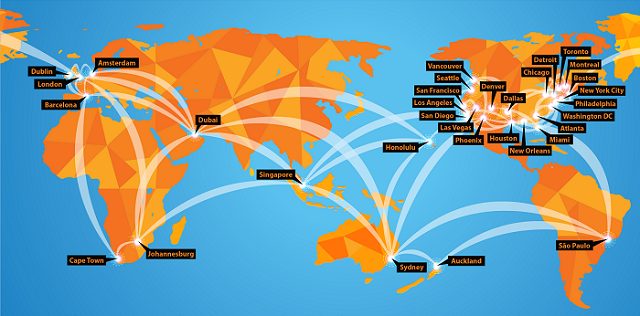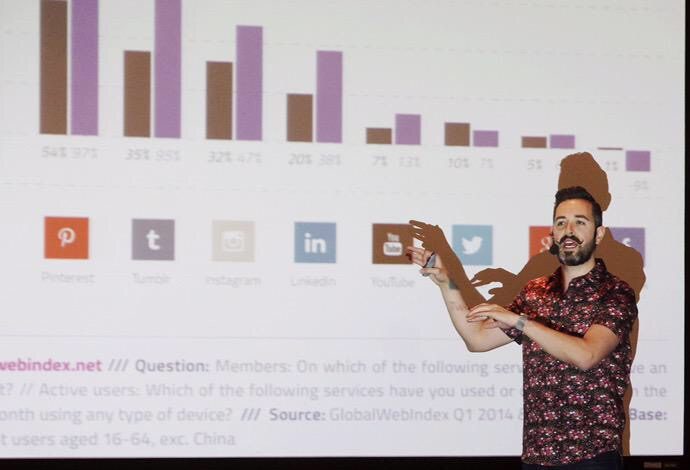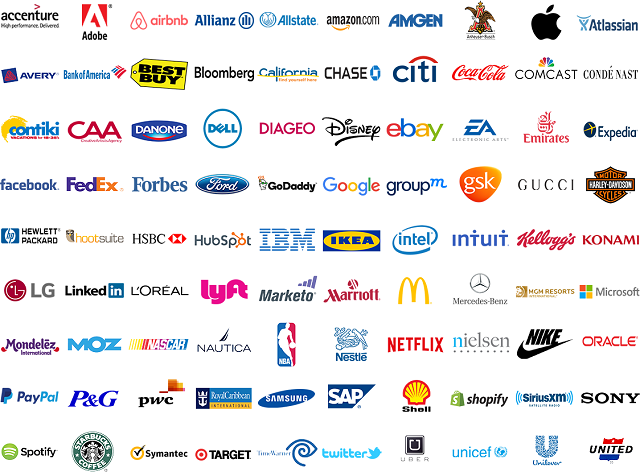Elevate Your Brand with PR & Cause Marketing
In today’s competitive marketplace, brands are looking for new ways to stand out. They want to connect with their audience on a deeper level. One effective strategy is using PR & Cause Marketing. It boosts brand reputation and helps social causes.
By adding social impact branding to marketing, brands can win loyal customers. This approach makes a brand stand out from others. It also helps the business grow.
Key Takeaways
- PR & Cause Marketing elevates brand reputation and contributes to social good.
- Social impact branding helps create a loyal customer base.
- Integrating social impact into marketing efforts drives business growth.
- Brands can differentiate themselves through PR & Cause Marketing.
- A positive brand image is fostered through this approach.
Understanding PR and Cause Marketing
PR and cause marketing can boost a brand’s image. But, it needs a deep understanding of these strategies. Brands must first learn the basics of PR and cause marketing.
PR, or Public Relations, helps manage information between a brand and the public. It keeps the brand’s image positive. In nonprofit PR strategies, brands work with nonprofits for mutual benefits. This leads to impactful campaigns that connect with people.
Cause marketing is when a brand supports a social cause. It improves the brand’s image and helps society. To create cause marketing campaign ideas, brands need creativity and a clear understanding of their values and the cause.
Brands should think about their audience’s values when making campaigns. Aligning the campaign with the brand’s mission builds a real connection. This improves the brand’s image and helps society.
Knowing PR and cause marketing well is key for brands wanting to make a difference. By using nonprofit PR strategies and creative campaigns, brands can gain trust, improve their reputation, and engage more people.
The Benefits of Cause Marketing for Brands
Cause marketing is key for brands wanting a strong social identity. By using charity PR tactics and corporate social responsibility initiatives, brands show they care. This makes them more appealing to customers and boosts their reputation.
One big plus of cause marketing is building trust with customers. When a brand supports social causes, it looks real and reliable. This can make customers stick with the brand, as they feel it shares their values.
Also, cause marketing can make a brand look better. By backing social causes, brands seem responsible and caring. This draws in customers and the best employees, who want to work for a brand with a heart.
In the end, adding cause marketing to a brand’s PR plan can lead to growth. Through corporate social responsibility initiatives, brands can win loyal customers and leave a lasting mark.
How to Integrate Cause Marketing into Your PR Strategy
To blend cause marketing with your PR, align your brand with a social cause. This step is key for a story that connects with your audience and boosts your brand’s image.
Working with public relations for nonprofit organizations is a smart choice. It helps you reach more people and make a bigger difference. This partnership also makes your brand look good for caring about social issues.
Creating cause-related marketing campaigns needs careful thought. Pick a cause that fits your brand and speaks to your audience. Your campaign should clearly show your brand’s dedication to the cause.
Here are the main steps to mix cause marketing into your PR plan:
- Find a cause that matches your brand’s values.
- Team up with a nonprofit to boost your efforts.
- Make a story that shows your brand’s commitment.
- Use media to share your cause marketing message.
- Get your audience involved with interactive campaigns and stories.
By taking these steps and staying true to your message, you can make a cause marketing campaign that improves your brand’s image. It also helps make a positive change in society.
Examples of Successful Cause Marketing Campaigns
Looking at successful cause marketing campaigns can teach businesses a lot. Many brands have made big differences with their efforts. This shows how powerful this approach can be.
Dove’s Real Beauty Campaign is a great example. Dove aimed to boost self-esteem and challenge old beauty standards. They worked with educators and told powerful stories. This created a huge movement that touched millions.
This campaign didn’t just help Dove’s image. It also changed how people see beauty.
TOMS’ One for One model is another success story. TOMS donates a pair of shoes for every pair sold. This not only helps those in need but also builds a loyal customer base for TOMS.
The simplicity of TOMS’ message was key to their success.
Cause marketing campaigns like these show how business and social responsibility can work together. By using PR & Cause Marketing well, brands can meet their goals and help society.
- They improve brand image and customer loyalty.
- They lead to business success through new marketing ideas.
- They help society by tackling big issues.
By learning from these examples, businesses can create their own successful cause marketing campaign ideas. It’s about finding the right cause, making a strong message, and using the right channels to reach people.
Measuring the Success of Your Campaign
Measuring a Cause Marketing campaign’s success means looking at key performance indicators. These should match the campaign’s goals, like corporate social responsibility initiatives and nonprofit PR strategies.
To really understand how well the campaign did, consider these metrics:
- Engagement rates on social media platforms
- Increase in brand awareness and customer loyalty
- Funds raised or donated to the cause
- Media coverage and press mentions
It’s important to use the right tools and methods for analysis. This might include:
- Using social media analytics tools to track engagement
- Doing surveys to see how people view the brand
- Watching media coverage with press clipping services
By looking at these metrics and using the right tools, businesses can learn a lot. They can make data-driven decisions to improve their campaigns.
It’s also key to compare the campaign’s results to its goals. This helps in making changes to do better next time.
Crafting Your Cause Marketing Message
Effective cause marketing starts with a clear message. This message shows your brand’s commitment to social responsibility. Social impact branding is about telling a story that connects with your audience and inspires them to act. By using charity PR tactics, you can make your brand more visible and help make a difference.
To make a strong cause marketing message, you must know your audience and what they care about. You need to find the right cause for your brand. Then, create a story that matches your brand’s values and mission. Good storytelling and branding can make your message powerful and drive change.
Here are some key elements to consider when crafting your cause marketing message:
- Clearly define your brand’s purpose and mission
- Identify the causes that resonate with your audience
- Develop a narrative that highlights your brand’s commitment to social responsibility
- Use compelling visuals and storytelling techniques to engage your audience
By focusing on these elements and using social impact branding and charity PR tactics, you can craft a message that connects with your audience. This message will inspire them to take action.
Collaborating with Nonprofits and Charities
Cause marketing works best when brands team up with nonprofits. This partnership uses public relations for nonprofit organizations to make a big difference.
First, brands need to find nonprofits that match their values and goals. This is key for a campaign to be real and effective.
After finding the right partners, it’s important to make a deal that works for both. This means talking clearly about what each side expects and what they’ll get. Public relations strategies help show the partnership in a good light to everyone.
Good teamwork means checking in and tweaking the plan as needed. Brands and nonprofits should work together to see how the campaign is doing. This way, they can make it better and build a strong partnership.
Together, brands and nonprofits can do great things. They can get more people to know about the brand, make customers more engaged, and help society in meaningful ways.
- Identify nonprofits that align with your brand values.
- Establish clear, mutually beneficial agreements.
- Leverage public relations to promote the partnership.
- Monitor and adjust the campaign as necessary.
Engaging Employees Through Cause Marketing
Companies can build a culture of social responsibility by involving employees in PR and cause marketing. This approach boosts the company’s image and improves job satisfaction. It also strengthens teamwork.
When employees join in corporate social responsibility initiatives, they feel more connected to the company. This can make them more productive and loyal. They are more likely to stay with a company that cares about the community.
Cause marketing can be many things, like volunteer days or fundraising. For example, companies can host charity events or donation drives. This encourages employees to help out and supports a positive company culture.
To really engage employees, it’s key to share the company’s PR & Cause Marketing plans. Involve them in making decisions. Use updates, team meetings, and campaigns to show the company’s dedication to social responsibility.
- Encourage employee participation in cause marketing initiatives.
- Recognize and reward employees who contribute to these efforts.
- Foster a culture that values social responsibility and teamwork.
This way, companies can make a workplace that’s both productive and rewarding. Employees are more likely to be engaged, motivated, and committed to the company’s mission and values.
Potential Challenges in Cause Marketing
Cause marketing has many benefits, but it also comes with challenges. One big issue is keeping messages authentic. Today’s consumers can spot fake or shallow support for social causes.
Inauthentic Messaging can hurt a brand’s reputation. To stay true, brands must make sure their cause marketing is real. This means careful planning and execution. They need to develop PR strategies that speak to their audience.
Another problem is not keeping promises. Brands must follow through on their commitments. This could be donating, volunteering, or using sustainable practices. Effective cause marketing campaign ideas often involve working with nonprofits. Brands need to be open about their goals and results.
To face these challenges, brands can use several strategies:
- Do deep research to find causes that match their values and appeal to their audience.
- Set clear, measurable goals for their cause marketing campaigns.
- Work with nonprofits and charities to boost their impact and trustworthiness.
- Share openly about their efforts and progress.
By knowing the challenges of cause marketing and using strategies to beat them, brands can make stronger connections with their audience. This can improve their reputation and lead to long-term success.
Future Trends in PR and Cause Marketing
PR and Cause Marketing are always changing. Social media is key in making Cause Marketing efforts bigger. Brands must also be open and honest in what they say.
Using social impact branding and charity PR tactics helps brands stay current and responsible. This way, they can build a good image and succeed in the long run.
The future of PR and Cause Marketing is about real connections and making a difference. As things change, brands need to keep up and get creative. They should use data to guide their actions and make a bigger impact.
FAQ
What is PR & Cause Marketing, and how can it benefit my brand?
PR & Cause Marketing combines public relations and marketing for good. It boosts your brand’s image and helps society. By adding social impact to your marketing, you gain loyal customers and stand out from others.
How do I choose the right cause to partner with for my Cause Marketing campaign?
Pick a cause that matches your brand’s values and appeals to your audience. It’s important to find organizations that fit your goals for a successful partnership.
What are some effective metrics for measuring the success of a Cause Marketing campaign?
Use metrics like brand awareness, customer engagement, and social media to gauge success. Also, track sales, loyalty, and the campaign’s social impact.
How can I ensure authenticity in my Cause Marketing efforts?
Be true to your cause and open about your involvement. Avoid pretending to be something you’re not. Your actions should match your words.
Can Cause Marketing really impact employee engagement and company culture?
Yes, it can. Cause Marketing makes employees feel connected and valued. It helps build a sense of purpose in your company.
What are some common pitfalls to avoid in Cause Marketing?
Don’t fake your message or promise too much. Be clear about your role in the cause. Learn from others and stay true to your values.
How can social media amplify my Cause Marketing efforts?
Social media boosts your visibility and reaches more people. It starts conversations and encourages others to support your cause. Use it to make a bigger impact.





































No comments